Or, the girl who swallowed the remnants of a forest.
“A century ago, a young girl swallowed a pencil.” So begins I.55, a beguiling new book by contemporary artist Anaïs Tondeur, which had its official launch at GV Art in December. Tondeur is not an artist who does things by halves, and the book’s launch is supplemented by a mini-exhibition comprising six sets of drawings, accompanying giclée prints, a map, and a short film. In addition, there is also a limited artist’s edition – six slim volumes encased in paper like beaten gunmetal. It’s the culmination of a project that started in the summer of 2012.
The journey began, for Tondeur, with a visit to the Pathological Collection at St Bartholomew’s Museum in London. There, in a jar on a shelf, was a calcification of a young girl’s bladder, formed around a pencil lead she had swallowed in 1914. The specimen’s label: I.55 . This moment provided the impetus for a series of 41 drawings that sought to “place the graphite specimen in its historical and paleogeological context” – examining the origins of graphite, the production of pencils, and their sale in pre-war Paris.
I.55 is a project of multi-layered richness
deftly captured in this new publication.
The drawings document two parallel journeys – Tondeur’s, and that of the graphite itself. The artist travelled thousands of miles by train to and fro across Europe, trekked for five days to reach a graphite vein in the Mont Blanc massif, visited industrial wastelands, and carried out research in dusty archives, piled high with papers. Tondeur’s journey of investigation and discovery follows that of the graphite itself – mined, refined, transformed, bought and sold, and finally swallowed.
The drawings themselves – in graphite, of course – represent a self-reflexive doubling of these already double journeys. Each image has something of the cinematic about it. In part it’s the slim landscape format, but it’s also the beautiful compositions and the noir-ishly unpopulated vistas. But it’s also an impression that’s gently undercut by the artist’s rustling, textured approach to the medium. Her delicate, confident marks are in evidence across every image: carboniferous mountain strata; blackly cavernous mines; industrial machinery, now old and tangled; pipes pushing on through rocks and rubble. Images of the earth as both wilderness and resource give way to stills of transport, industrial mass-production, and commerce. Train tracks run their double threads through the narrative. A final close-up of a solitary pencil is suddenly now imbued with latent potential – the ending of a life, the beginnings of a journey, a drawing, a book.
Like the “dark and oily” graphite vein itself, I.55 is a project of multi-layered richness – deftly captured in this new publication.
Click here to buy I.55 online.
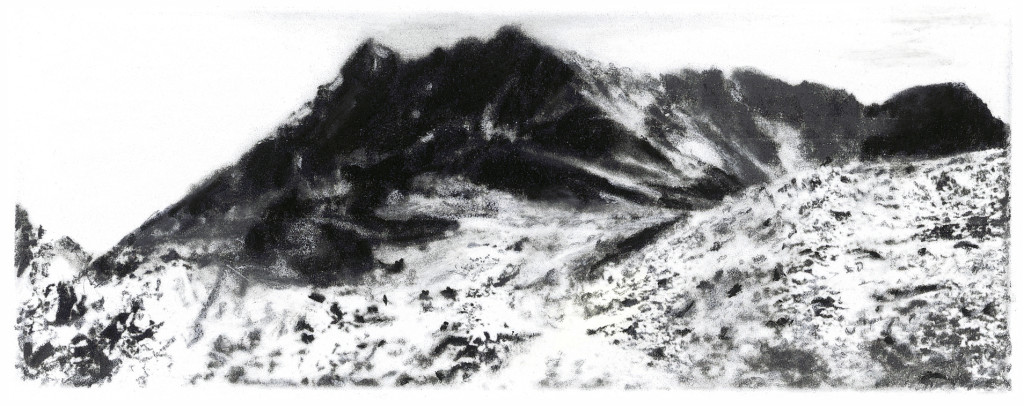
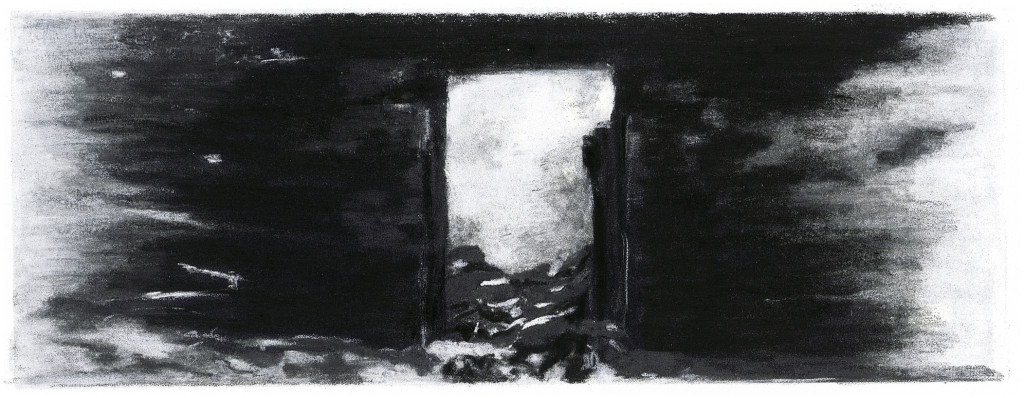

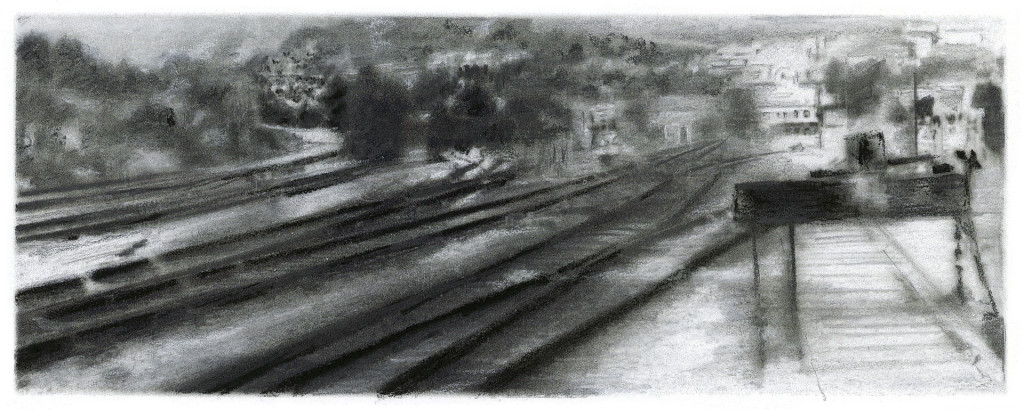
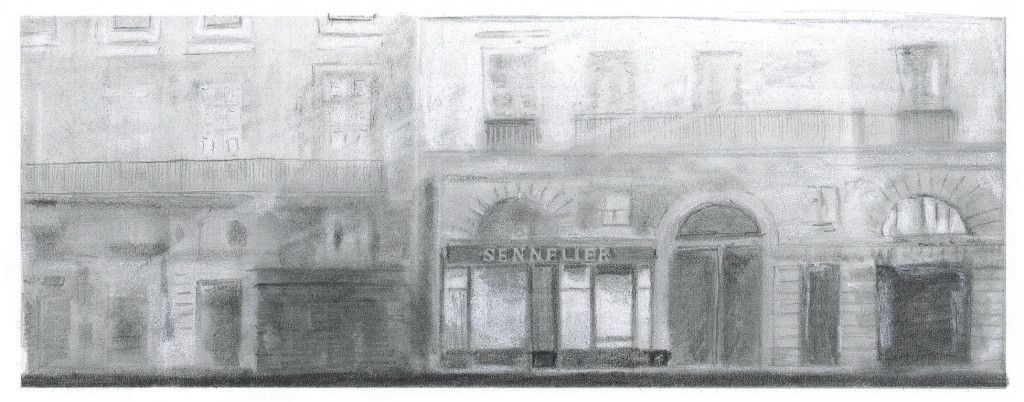
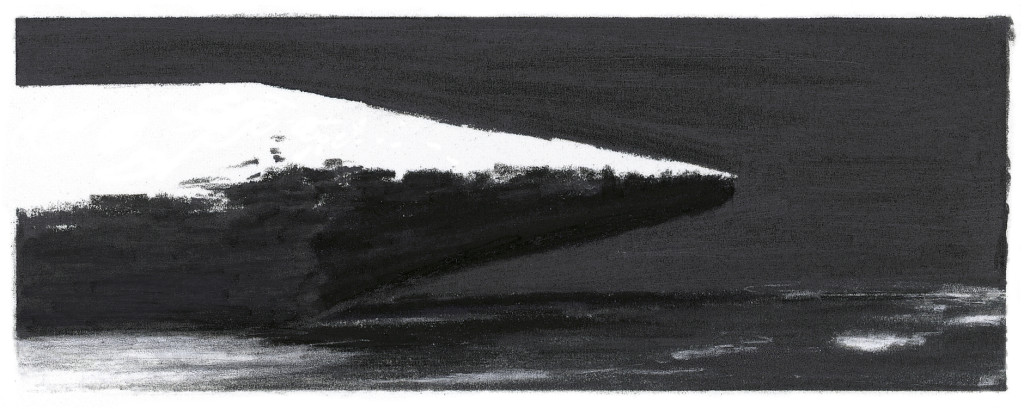

All images courtesy of the artist and GV Art gallery, London.

